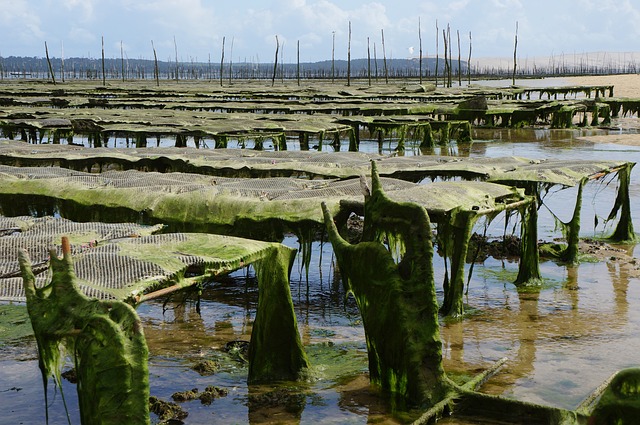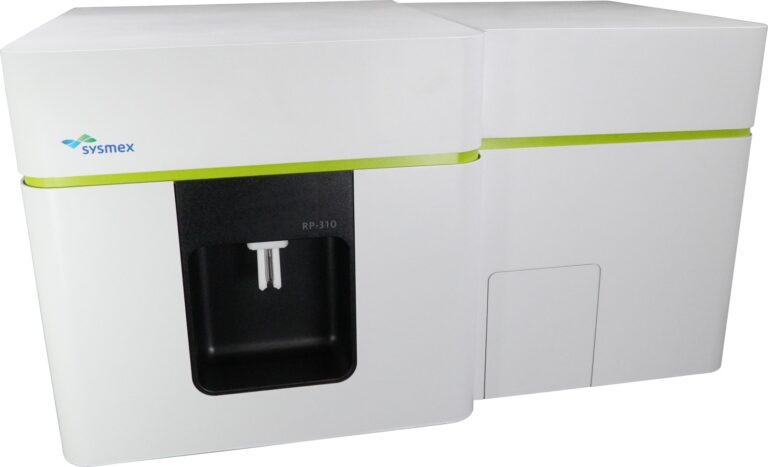Aquaculture

Testing ploidy levels in shellfish is integral to modern aquaculture practices. The ploidy level refers to the number of sets of chromosomes in an organism’s cells. In oysters, as in other organisms, variations in ploidy can have significant implications.
Triploid oysters, which have three sets of chromosomes instead of the usual two (diploid), grow faster, and reach a larger size than their diploid counterparts. They are also infertile, which is advanategous when introducing them into a native population. The introduction of triploid oysters can reduce the pressure on wild oyster populations.
High Throughput and Speed
The rapid processing of large numbers of cells makes it possible to analyze thousands to millions of cells in a short period. This high-throughput capability is particularly beneficial for ploidy analysis in shellfish, where large sample sizes are often required to ensure accurate and representative results.
Accuracy and Precision
Our flow cytometer is highly accurate and precise in determining the ploidy levels of cells. By measuring the fluorescence intensity of DNA-binding dyes, flow cytometry can distinguish between different ploidy levels (e.g., diploid, triploid) based on the relative DNA content.
Accurate ploidy determination ensures that only the intended ploidy-level individuals are selected for further cultivation or breeding programs.


